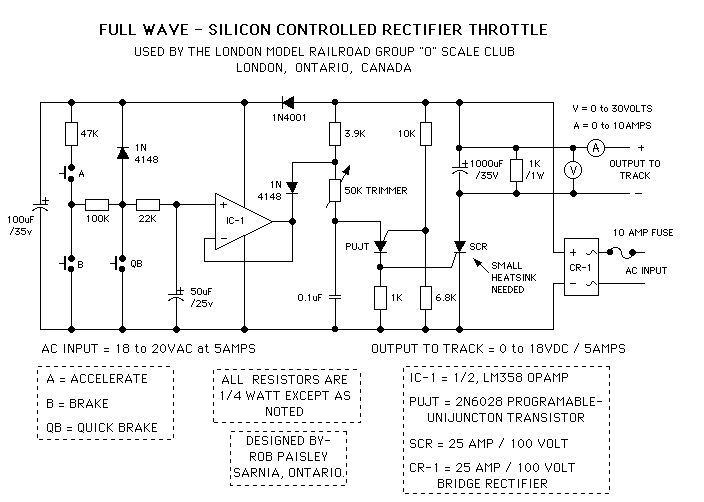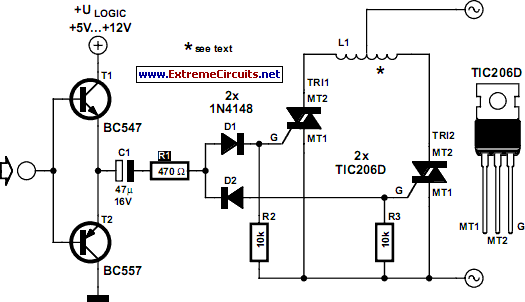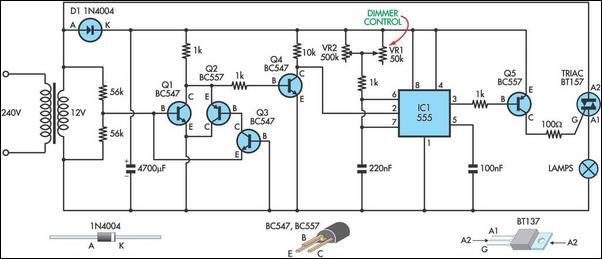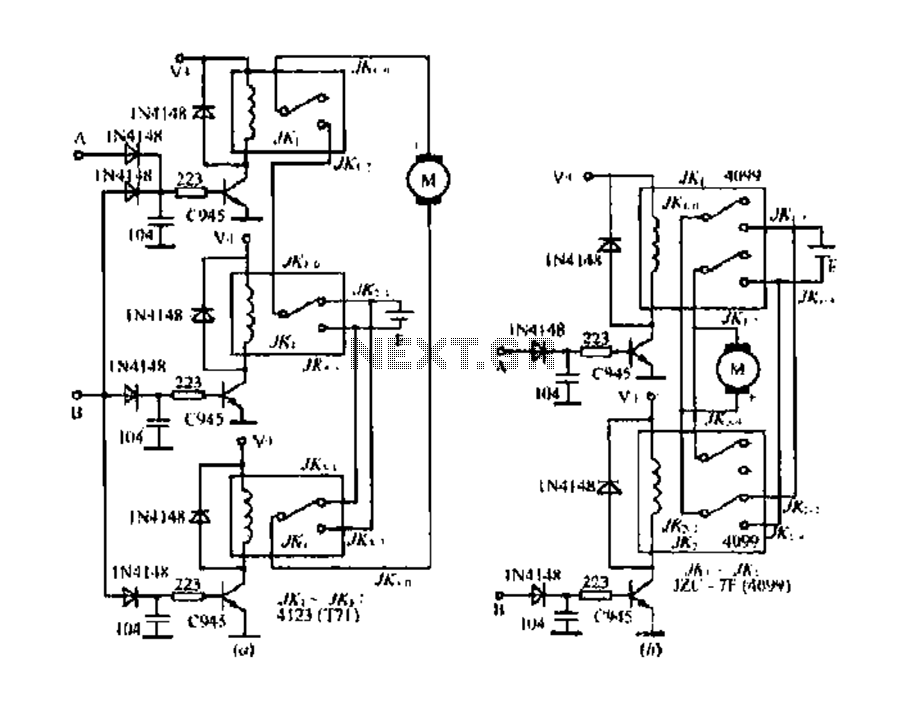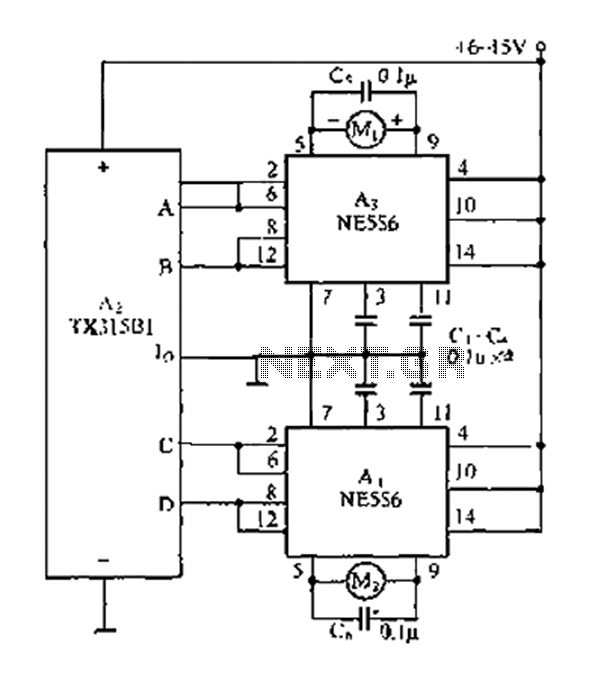
Polaris Jet Ski Model SLTX 1050

For testing the stator, it is noted that if the stator wires are disconnected from the CDI and electrical box, there should be a high resistance or an open connection between the Hall Effect sensor wires and the engine block. The Hall Effect sensor can be evaluated by applying a 9-volt battery and slowly rotating the engine to observe resistance changes as the flywheel trigger magnet passes the sensor. There is a discrepancy in the wiring of the stator compared to the 2000 model wiring diagram, indicating that the ignition system may not have been updated. To ascertain the version of the domestic ignition, an ohm check between the Purple and Black stator wires (with the wires unplugged) is suggested. Original stators should measure around 1200 ohms, while updated versions should measure approximately 5.5 ohms.
Further communication indicates that specific questions regarding the CDI box and stator have not been adequately addressed, and the individual seeks precise responses to ascertain the root of the problem. For accurate stator grounding tests, disconnecting the small black wire from the electrical box to the battery negative post is necessary. If this wire is missing or cut, it indicates a prior error. The Hall Effect sensor should not be shorted to ground, and the resistance of the Brown wire will vary based on the measuring device used.
The information provided previously was for a 2000 model and does not correspond with the 1998 engine in question.
To ensure proper operation of the Polaris Jet Ski Model SLTX 1050, it is critical to verify the timing of the stator, as improper timing can lead to issues such as a lack of spark. The timing setup involves aligning the stator with the flywheel and ensuring that the Hall Effect sensor is positioned correctly to detect the flywheel's magnetic triggers. The static timing should be checked according to the specifications provided in the relevant service manual, focusing on the alignment marks on both the stator and the flywheel.
In addition, the electrical integrity of the ignition system must be confirmed. This includes ensuring that all connections are secure and that there are no shorts in the wiring. The Hall Effect sensor must be operational; therefore, testing it with a 9-volt battery is advisable to observe the resistance changes as the engine is rotated.
If the stator is determined to be faulty, consideration can be given to upgrading to the 2000 model stator; however, it is essential to verify compatibility with the 1998 engine. A proper understanding of the differences in wiring and electrical specifications between the two models is crucial before making such a purchase.
In summary, a systematic approach to checking the timing, testing the Hall Effect sensor, and verifying the stator's condition will aid in diagnosing the starting issue effectively.A Polaris Jet Ski Model SLTX 1050 3 cylinder, 1998 year. Unit was running when it blew piston. I removed engine and rebuilt and put back together only now it will not start - can not get it to spark. ` I followed the manual` on disassembly and re-assembly, I believe I have not in some way set the timing properly at the stator.
Could you help me with this problem or recommend someone to whom I may call to discuss this with as I am apparently` not doing something right in the timing process.
I am following the Polaris Shop Manual only it shows the 1998 modle and does not show the 1999 year which I actually believe I have as it does appear to be slightly different. So to be safe - Please send details on the Static timing and I will re-check it again. Please note that I am a mechanic and have another mechanic working on my Jet Ski in my shop - I have a machine shop and do special marine custom fabrication.
I had to make the heads `new` from aluminum as I only had one head when I purchased the boat `do not know` where the other two went to. I cc the heads and block and did a final compression test after installation with all three cylinders at exactly 140 psi.
So I assume that the new heads are Ok/good. Thank you, XXXXX XXXXX: XXXXXXX
The wiring for the stator does not match the 2000 wiring diagram you provided - so I guess we do not have the updated ignition system. AND If the stator is bad should I purchase the updated 2000 unit and if I purchase that one will it work on my engine Thank you, harry One way to check which version of the domestic ignition you have is to ohm check the Purple to Black stator wires, with those wires unplugged inside the electrical box.
Measure the ohms between the stator Purple and Black wires. Original version stators will read about 1200 ohms. Updated ignitions and `new version` stators will measure about 5. 5 ohms. Not sure that you are reading my replies on 06/17/10 At 5:08 PM I noted to you that the CDI box number is(NNN) NNN-NNNN- You have not been answering my questions (specifically). What you have been doing appears to be a `generic` answer. Would appreciate your accurate response to all of my previous questions - As I need answers in order to asertain exactly what my problem is (please)!
Harry - I`m not stupid regarding what I am doing and need `professional` help as requested. To properly test the stator grounding on an original pre-2000 stator, you must disconnect the small black wire that connects the electrical box to the battery negative post (if there is a small wire). If there is no small black wire, or it has been cut/removed, then someone either made a mistake and cut it or something.
you need it. If the stator wires are all unplugged from the CDI and electrical box (as they should be for ohm testing), then there should be high kilo-ohms (or open connection) between these Hall Effect sensor wires and the engine block. The Hall Effect sensor can be tested by powering it with a 9 volt battery, and rotating the engine slowly to observe the resistance change as each flywheel trigger magnet passes the sensor.
Since the Hall Effect sensor is internally grounded to the stator Black wire, the resistance measured to ground for the Brown wire will vary, depending on the ohm-meter being used. The Brown wire should not be shorted to ground. Re Sending @ 6/17/2010 5:08 PM - Information you sent to us was for a 2000 year and does not match our engine that is a 1998 year.
🔗 External reference
